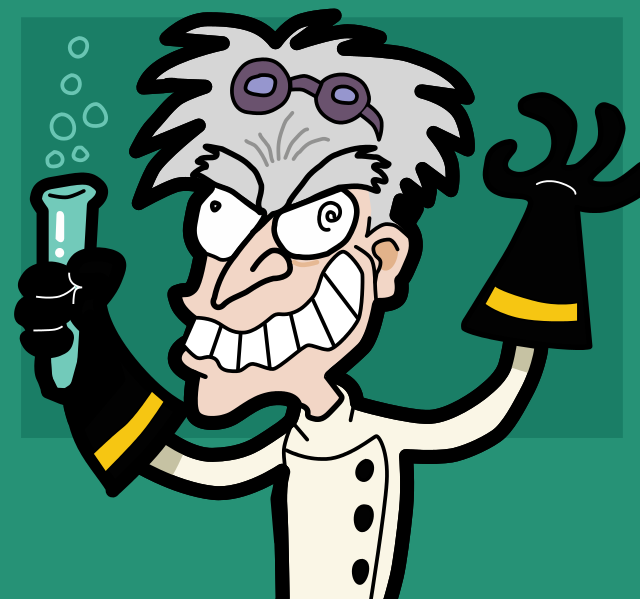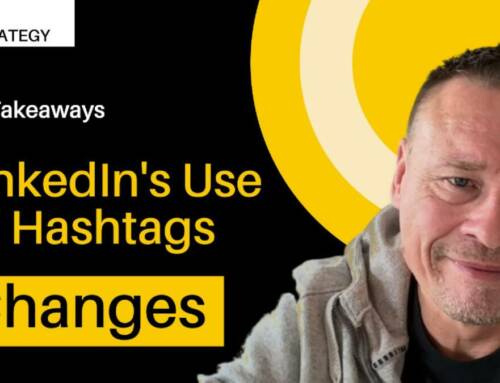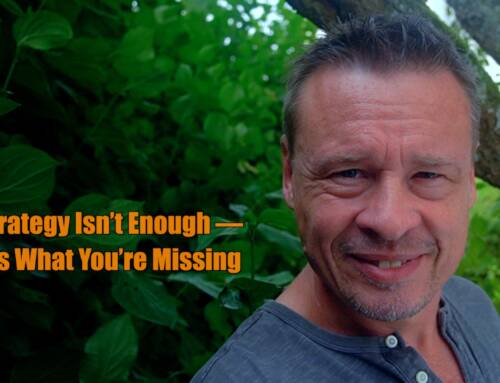As you probably are progressing towards the next milestone with your project, here’s a little reflection of mine on the impact of selective use of facts in science and communications respectively.
It’s not directly related to a particular process, it’s meant as more of an inspiration to think about a common practice in development cooperation — which is to be very scientific and evidence-based with your project data but then quite selective when communicating the broad range of facts.
So if you have a minute for a reflection, read on. 🤓
What’s true for good science is also true for communicating it, isn’t it?
So what is good science, and what is good communication?
In his brilliant, witty, and accessible book Stumbling on Happiness renowned Harvard psychologist Daniel Gilbert says: “Good scientists deal with the complication [that there’re many different techniques for collecting, interpreting, and analyzing facts] by choosing techniques they consider most appropriate to get accurate results.”
While bad scientists took advantage of this complication by choosing techniques that were especially likely to produce the conclusions they favored, thus allowing them to reach favored conclusions by way of supportive facts.
Now imagine a good and a bad scientist were heavily involved in the communication of their results.
Which approach would the good scientist choose and which the bad one?
Would the good scientist have a factsheet on his/her organization’s website that showed only selected positive facts, a video with strictly favorable testimonials?
Wouldn’t such a communications approach render the preceding scientific process useless?
After all it doesn’t really matter at what stage of your work you cook your facts.
“When we cook facts we are similarly unaware of why we are doing it,” Gilbert says. “And this turns out to be a good thing because deliberate attempts to generate positive views contain the seeds of their own destruction.”
Good communication is like good science. Contrary to common beliefs it doesn’t attempt to show only favorable results.
Not that there was anything illegitimate about attempting to be seen in a good light. The trouble is more that you have to be selective with the facts to cook a good potpourri. You don’t provide the whole picture.
I know it’s a common communications practice but these deliberate attempts to show only the good work done by a project tend to backfire with audiences who become ever more media savvy.
In 2017 Quartz even headlined that Today’s biggest threat to democracy isn’t fake news—it’s selective facts, because selective facts were “true” facts that were only telling us part of a story, and they’d begun to influence our views on every issue.
I believe development cooperation should take a faithful leap forward and be much more forthcoming in deliberately communicating all aspects of their work, not just the positive and the odd minor failure here and there.
Visual
“Mad scientist“. Licensed under CC BY-SA 3.0 via Wikimedia Commons.






Leave A Comment